What Are Active Range of Motion Exercise Therapy
Active range of motion therapy refers to the joints' and muscles' ability to improve and function effectively. It is achieved when opposing muscles contract & relax, which results in joint movement. It refers to the condition when the body can reach its full range of flexible and pain-free motions.
Active range of motion exercises therapy includes exercises in the recovery and rehabilitation program that aim to achieve an active range of motion in various joints and muscles. It aims to improve the joints' functionality, reduce pain and the risk of further injury, and ensure a smooth and effective rehabilitation process.
Benefits of Active Range of Motion Exercise Therapy
Incorporating an active range of motion exercises into your routine can lead to several benefits:
- Strengthening Muscles and Joints: Increases strength and stability, essential for injury prevention.
- Improved Mobility: Enhances your ability to move freely, making daily activities less challenging.
- Pain Reduction: Helps alleviate discomfort and stiffness, leading to greater comfort.
- Enhanced Flexibility: Boosts muscle and joint flexibility, reducing the risk of strains and sprains.
- Improved Circulation: Encourages better blood flow, which is key to faster muscle recovery.
- Better Posture: Helps maintain proper alignment of the body, decreasing muscle strain and improving overall posture.
- Stress Relief: This can reduce stress levels by promoting relaxation and overall well-being.
The Top Active Range of Motion Exercises for Upper Body
Including active range of motion exercises in your daily routine can significantly improve upper body mobility and strength. Here are some exercises to try:
Head Exercises
This set of exercises will help you improve your posture, reduce tension in the neck region, and help you feel more relaxed.
To perform this set of AROM exercises:
- Sit or stand on an armless chair.
- Hold your arms straight down by your sides.
- Keep your palms facing towards your body.
Head Forward and Backward Movement
Gently lower your chin towards your chest, holding the position for a few seconds to stretch the back of your neck. Then, slowly lift your head and look up at the ceiling, holding this position to stretch the front of your neck. This exercise helps improve overall neck flexibility.
Head Side-to-Side Movement
In this exercise, tilt your head towards one side, bringing the ear to one side of the shoulder. Hold the position for a few seconds, and then repeat on the other side. It is essential to do this gently.
Head Turns
Turn your head to the right, trying to touch your shoulder with your chin without moving the shoulder. Hold this position for a few seconds before repeating on the left side. This exercise enhances the neck’s rotational movement.
Shoulder and Elbow Exercises
Shoulder and elbow exercises help reduce tension in the elbows and shoulders. People who often engage in monotonous activities or work that requires a lot of effort from their shoulders and elbows can perform this. It can also help improve posture, rescue neck pain, and help reduce fatigue.
To perform this set of AROM exercises:
- Sit or Stand on an armless chair.
- Keep your arms straight down by your sides
- Palms facing towards the body.
Shoulder Up and Down Movement
Stand or sit comfortably. Bring one arm forward and upward, extending it fully until your bicep touches your ear. Hold for a second, then lower your arm back to the starting position. Repeat this motion with the other arm. This exercise helps to improve shoulder flexibility and strength.
Shoulder Side-to-Side Movement
This is a two-part exercise, where you bring your arms from the side up towards your head and raise them. After lowering the arm, get the arm in front of your body and reach your opposite shoulder. This creates a two-way stretching of the shoulder joints and improves joint flexibility. Repeat with another component.
Shoulder Rotation
Stand or sit with a straight back. Rotate your shoulders in a smooth circular motion, first clockwise for several repetitions and then anti-clockwise. This exercise helps to loosen up the shoulder joints and improve overall flexibility.
Elbow Bends
Extend your arms straight out in front of you with your palms facing up. Bend your elbows to bring your fingers towards your shoulders, then straighten your arms back out. Repeat this motion several times. This exercise strengthens the elbow joints and the muscles in your arms.
Arm and Wrist Exercises
Arms and wrist exercises help improve mobility in the arm and elbows and help strengthen the wrist from injury and wear and tear from frequent uses.
To perform these AROM exercises:
- Sit down on the floor.
- Bend your elbow and rest the forearm on a flat surface like a table.
- Ensure to keep your wrists loose and free
Wrist Bends
Extend your arm and bend your hand upward at the wrist, with your fingers pointing toward the ceiling. Hold for a few seconds, then bend your hand downward with your fingers pointing towards the floor. This exercise improves wrist flexibility.
Wrist Rotation
Move the wrist side to side a few times. After this, moving the wrist is a circulation action clockwise and anticlockwise for a few times.
Palm Up and Down Movement
Rotate your forearm so that your palm faces up towards the ceiling, hold briefly, then rotate your forearm to turn your palm down towards the floor. This exercise enhances the joint flexibility and strength of your forearm muscles.
Hand and Finger Exercises
These sets of exercises help increase mobility and strengthen your hands.
To perform these AROM exercises, follow these steps:
- You can either sit or stand
- Place your hand in front
Finger Bends
This is an easy-to-perform exercise, where all you need to do is make a tight fist, open and relax your hand. Repeat this several times.
Finger Spreads
In this exercise, open your fingers as wide as possible and close them. Repeat a few times.
Finger-to-thumb Touches
A meditative practice as well; all you need to do is touch each finger to your thumb. Repeat a few times.
Thumb-to-palm Movement
In this exercise, move the thumb and rest it on the palm of your hand. Repeat a few times.
Top Active Range of Motion Exercises for Lower Body
In this section, you can find easy exercises for improving the active range of motions in the lower body.
To perform this set of AROM exercises:
- Lie down in a comfortable position on a flat surface.
- Keep your arms relaxed by your sides.
- Ensure you have enough space to move your legs freely.
Hip and Knee Exercises
It is recommended that you lie down in a comfortable position to perform these exercises.
Hip and Knee Bends
Pull your knees towards your chest as gently as you can with each leg. Repeat a few times.
Leg Lifts
Lift each leg alternatingly to a comfortable 30-degree angle while lying down. As you progress, you can also try lifting both legs simultaneously.
Leg Side-to-Side Movement
Lift your leg with your feet straight. Now, move it to your side in the air. Lower it after a few seconds and repeat with the other leg.
Knee Rotation In and Out
Lie on your back, and keep your feet flat. Now, move your heels towards your buttocks until comfortable and extend them back again. Repeat a few times.
Ankle and Foot Exercises
This set of exercises helps you improve your motions in the ankle and foot regions.
To perform these AROM exercises, you need to :
- Sit on a chair
- Keep your feet on the floor.
Ankle Bends
Keep your feet on the ground; raise your heel only. Low lower the heel, raise the toes alone, then alternate between the feet and the actions a few times.
Ankle Rotation
Move the ankles in a circular motion, clockwise and anticlockwise, by lifting them in the air while the toes are on the ground.
Toe Bend
Curl your toes upwards and downwards, keeping your feet on the ground. Repeat a few times.
Toe Spread
Keep your feet on the ground, spread your toes, and relax them. Repeat a few times.
When to See a Doctor or Physical therapist?
You should call your doctor or physical therapist if you feel pain or discomfort when doing an active range of motion exercise therapy or if you have any questions or concerns about your condition, care, or exercise program. It's important to seek professional advice to ensure you are performing the exercises correctly and to prevent any potential injuries. Your healthcare provider can offer personalised guidance and adjustments to your exercise routine to better suit your needs.
Best Practices for Active Range of Motion Therapy
An active range of motion therapy helps you understand the condition of your body well. It gives you an idea of the range of activities possible and ways to achieve them. Here are a few tips to keep in your mind when practising it.
- Following the doctor's suggestions and exercises is essential as they offer specific recovery plans. Range of motion exercises are vast and must be performed only as per the requirement.
- Ensure to perform the suggested exercises over some time consistently. This ensures no lapse in recovery and helps achieve long-term glows.
- Increase the range and intensity gradually, and focus on proper form to avoid injuries.
- Always perform the exercises in a slow, gentle and smooth manner to avoid any further injury. This will help reduce damage or wrong form while performing the exciters.
- Stop if you feel pain or think the condition is worsening.
Keep Your Body Moving With Physiotattva
Our teams at Physiotattva have highly trained professionals with experience in the healthcare sector for over two decades. Their expertise in understanding the human body's needs allows them to provide detailed insight into efficient ways of improving the active range of motions in the human body.
Want to enhance your mobility and overall health? Get in touch with us today or book an appointment to begin your personalised treatment plan with Physiotattva.
FAQs
1. What are active range of motion (AROM) exercises?
Active range of motion exercises involve moving your joints through their full range of motion using your own muscle strength without any external assistance.
2. What are the benefits of AROM exercises?
AROM exercises help strengthen muscles and joints, improve mobility, reduce pain, enhance flexibility, improve circulation, better posture, and reduce stress levels.
3. Who should perform AROM exercises?
AROM exercises are suitable for anyone looking to improve joint flexibility and strength, recover from injuries, or reduce stiffness and pain due to aging or sedentary lifestyle.
4. How often should I perform AROM exercises?
It's generally recommended to perform these exercises daily or as prescribed by your physiotherapist to see the best results.
5. What should I do if I feel pain during AROM exercises?
Stop the exercises immediately and consult your doctor or physiotherapist. Pain could indicate that you are performing the exercise incorrectly or that the exercise is not suitable for your condition.




-Physiotherapy.webp)
-for-Shoulder-Pain-Relief.webp)
-for-Knee-Pain-Relief.webp)


-for-Back-Pain-Relief%20(1).webp)





.webp)











.webp)


.webp)
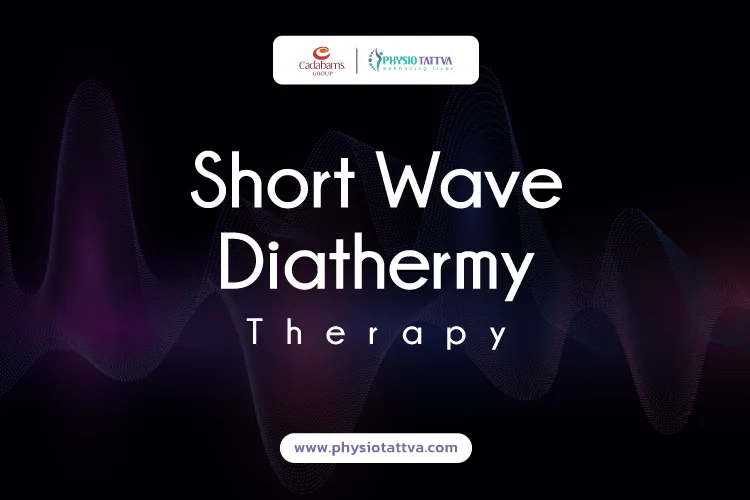
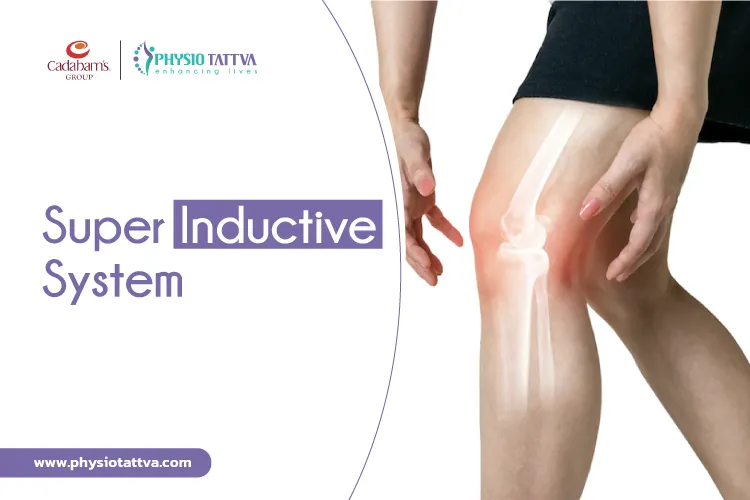


.webp)
.webp)


.webp)
.webp)

.webp)
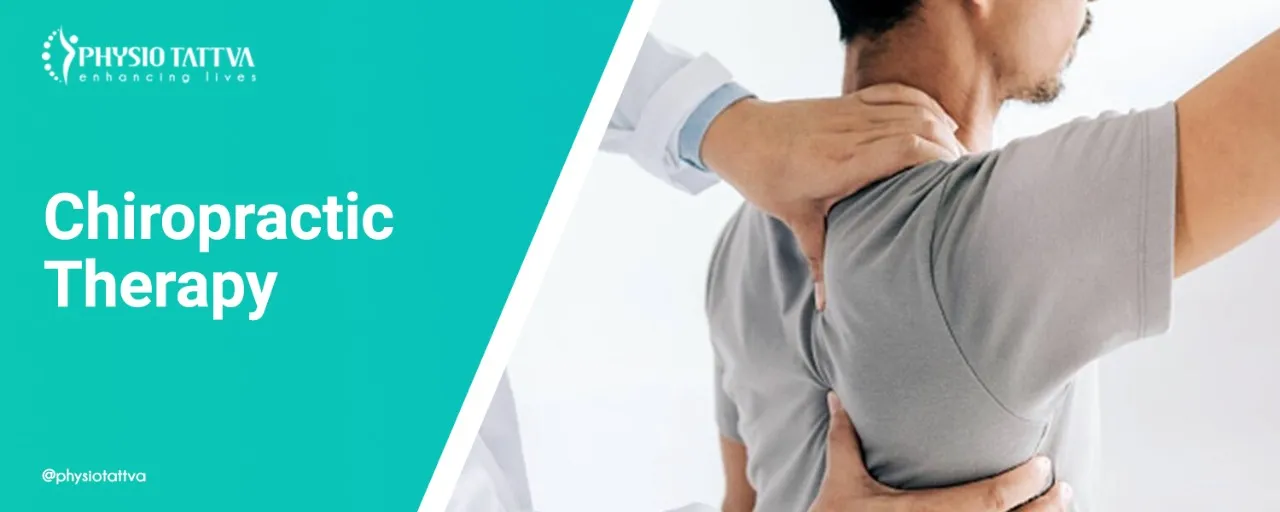
.webp)

.webp)
.webp)
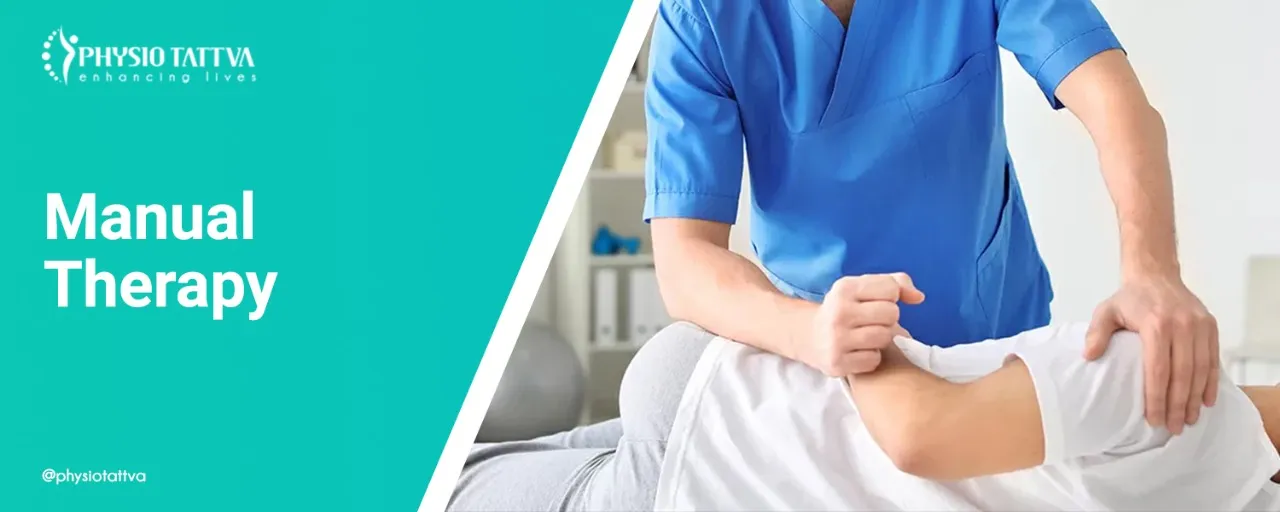
.webp)



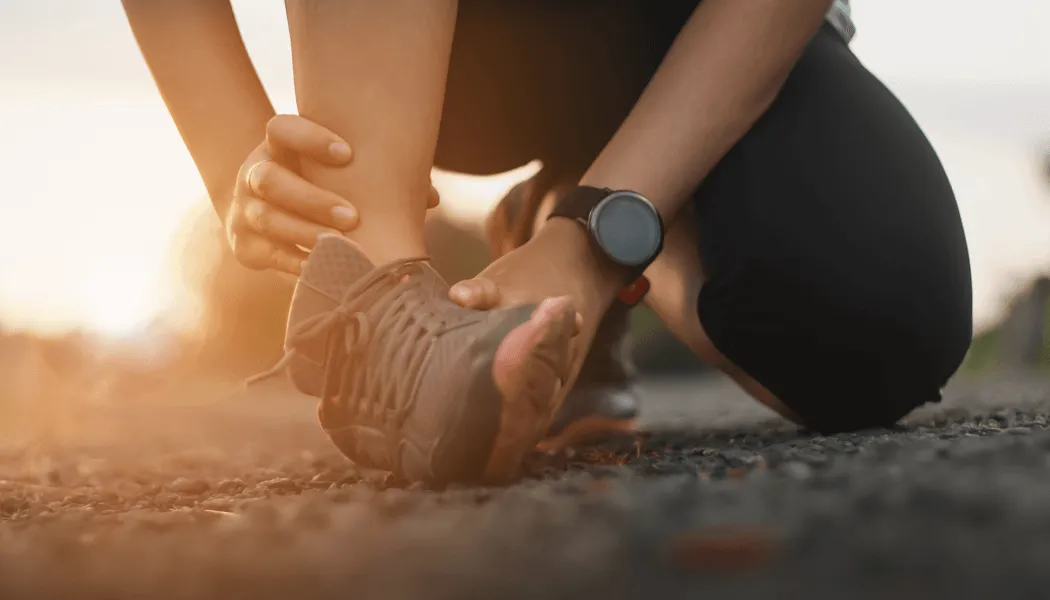

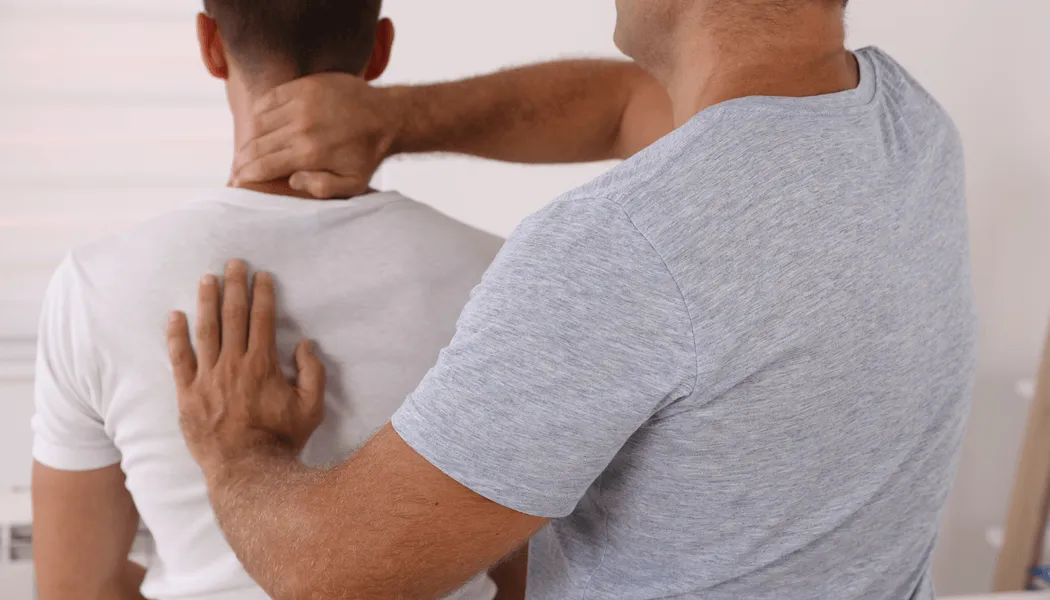



.webp)
.webp)

.webp)

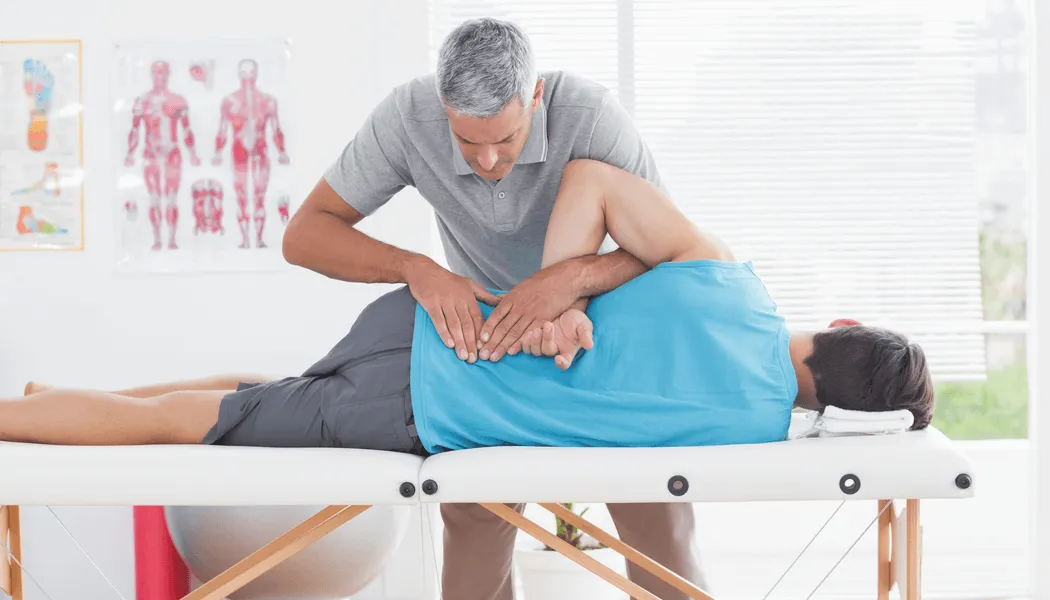


.jpeg)

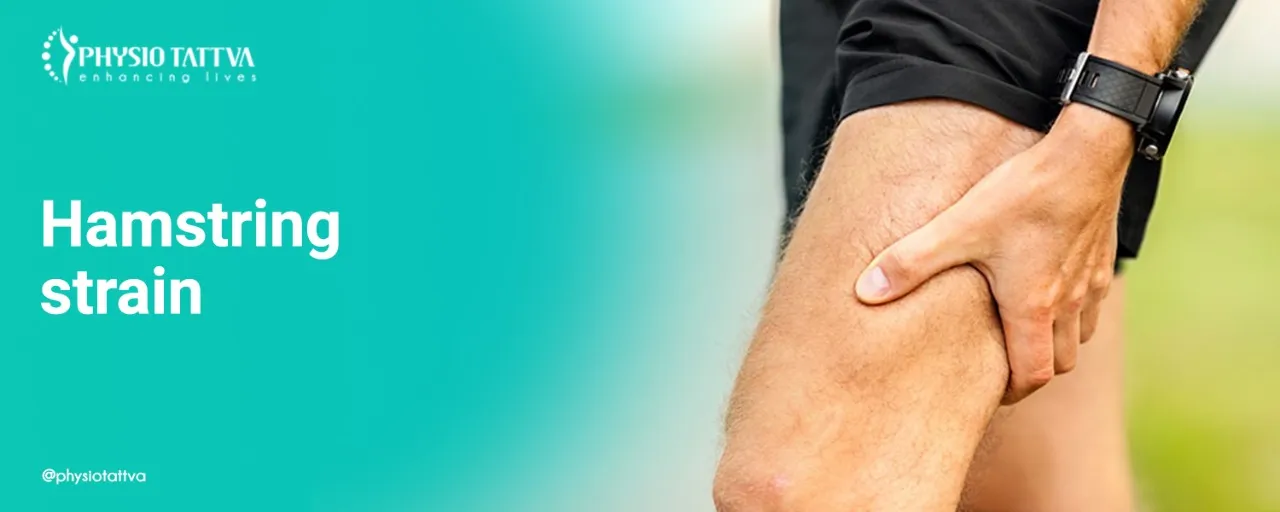

.webp)
.webp)

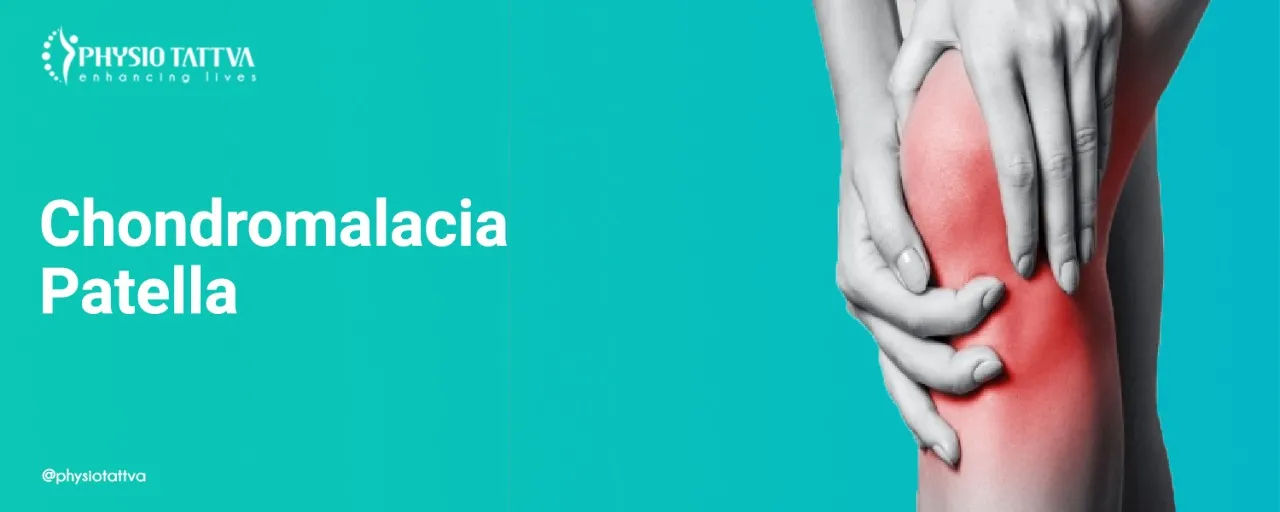


.webp)
.webp)


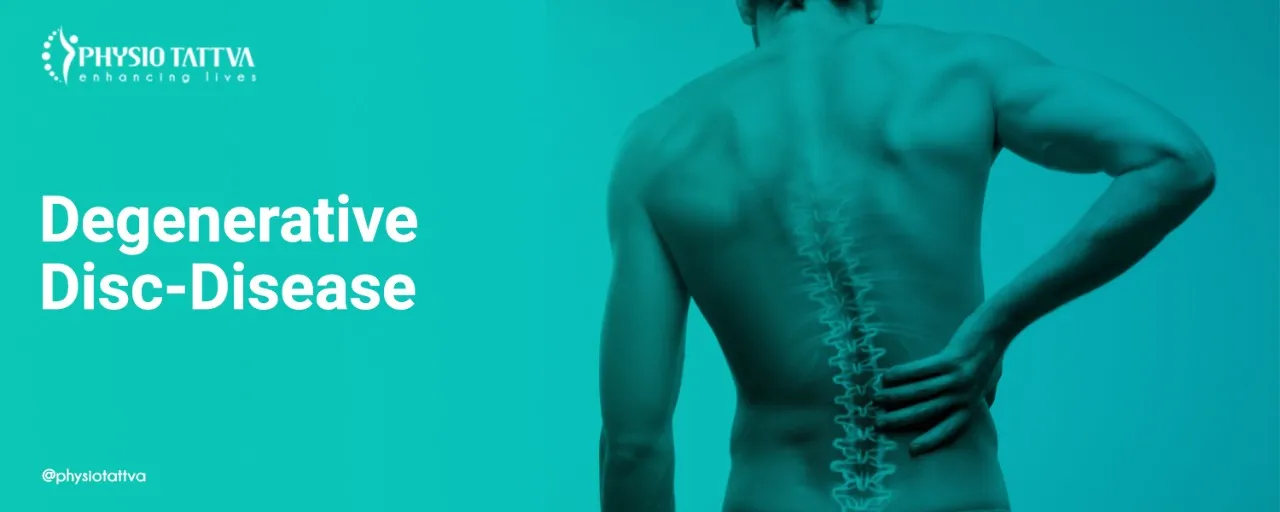










.png)










%20(1)-p-3200.jpeg)


.jpg)
.webp)
.webp)
.webp)



.webp)




.webp)










